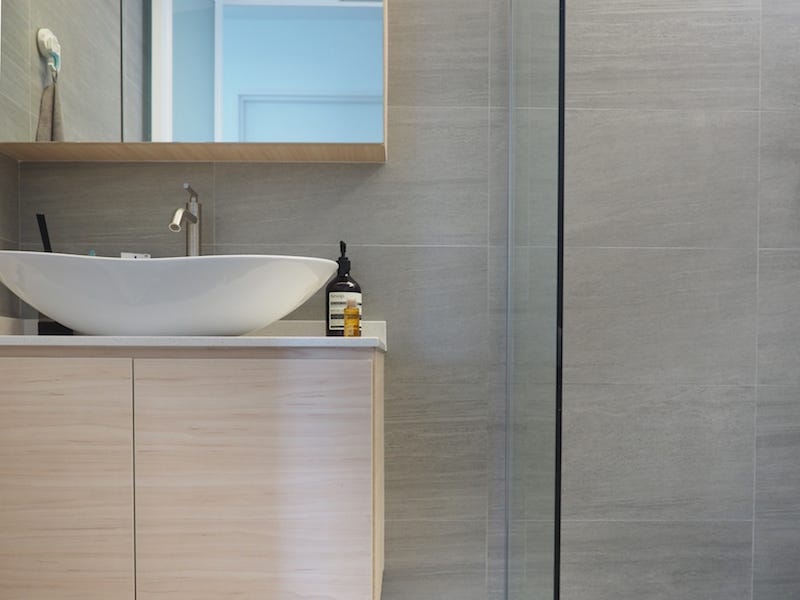A minimalist designer’s simple advice for a cosy home
As you’d expect, it’s short and sweet. Yi Ling of The Minimalist Society breaks it down into five easy tips
I’ve always been attracted to minimalist spaces.
I call them “minimalist” (you’ll find a lot of definitions and viewpoints about the word online), but maybe I should simply look to them as clean, spacious and uncluttered areas where everything is smooth and organised – where pieces have a real function and are not just there for show.
These kinds of rooms, homes and offices have just what (and all that) you need. Living in them, and using them, makes you breathe easier and think more clearly.
I have a confession to make
I don’t really like to clean, so the less stuff there is, the happier I am (and will be). I don’t have any use for vases, sculptures, or anything elaborate, and I’ve never been frilly. I’m not into accessories either. (Not that you shouldn’t be.)
But to maintain this lifestyle, I think you constantly have to be aware of what you buy, take home, and leave lying around. And for me that feels freeing.
To make this happen, though, it might help to remind ourselves of what the word “simple” means for us, and let it guide us in our decisions.
I turned to Yi Ling for some answers. She’s the founder of The Minimalist Society, a boutique interior design firm in Singapore that celebrates the many ways minimalist design can change not just people’s homes for the better, but their lives too.
They use thoughtful approaches inspired by Nordic, Scandinavian and Muji-like design elements to create simple, refreshing and uncluttered spaces.
“It’s about impacting their lives beyond the renovation,” she explains. “A great layout is the first step to simplifying their future lives.”
So we shouldn’t be afraid of the word “simple” when we’re figuring out how to make our homes work for us.
“Simplicity in interior design would mean to achieve its intended purpose in a minimalist manner, ensuring that both the practical and aesthetic aspects are taken into consideration,” she points out.
More than the furnishings and materials, Yi Ling says we might want to consider the layout too. She cites “open-concept kitchens, bedrooms with a walk-in wardrobe, and study areas that double as resting corners” to both maximise and free things up.
My go-to minimalist, make-it-simple list
I’m putting this on my phone, my desk, and a board so I can always see it. They’re Yi Ling’s suggestions, and I’m using my own interpretation of them to help me create an even better home and work environment as I go along. I aim to control and curb habits that lead to waste, and save time and money in the process as well.
They can help us in other ways too. Refer to them whenever you’re stumped about something, even if it’s not related to minimalism. They might provide some valuable insights.
#1 “Plan well, especially for built-in items,” Yi Ling begins
Me: Put more thought into what you want for your space in the long-term to get ample storage and avoid any design regrets.
#2 “Any furniture bought is minimal but of good quality”
Me: I’ll insert other words for “furniture”, like clothes, shoes, food, homeware… basically anything I'll end up buying. Do I need two, three or four of something? How many times will I use them? How long will they last? Is it really worth the money?
#3 “Have a good lighting plan, which will make the home welcoming at all times of the day”
Me: I love the idea of a good floor lamp that can brighten or soften the mood of a room, and works as a stunning display piece too. Two-in-one.
#4 “Be organised: Every item has a place in the home”
Me: Boxes, trays and other organisers help. You just take something out when you need them, and drop them back in when you’re done.
#5 “Ensure a no-clutter policy; also a clear desk/worktop policy”
Me: Always give your place a once-over to tidy it up and get rid of any extras, so you won’t have a pile-up.
Yi Ling’s favourite results from designing minimalist spaces? “Seeing how delighted our homeowners are at the end of the day,” she says. We might experience the same thing.
For more on The Minimalist Society, go to their site and Facebook.






